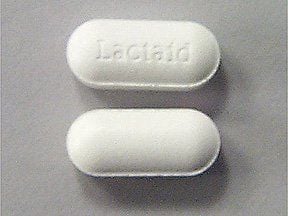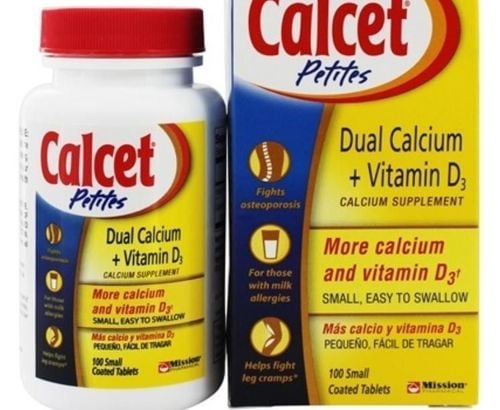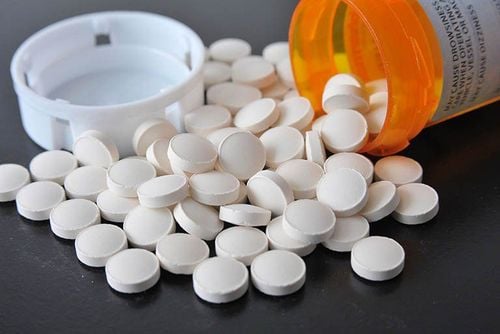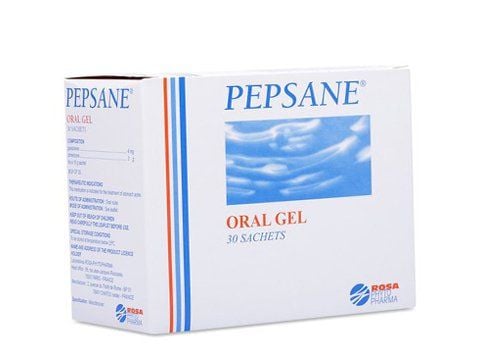This is an automatically translated article.
The article was written by MSc Ta Que Phuong - Gastroenterologist - Endoscopy - Department of General Internal Medicine - Vinmec Times City International HospitalSome diseases can cause gas and bloating, for example, people with diabetes or scleroderma, over time, the activity of the small intestine is slowed down. This can lead to an overgrowth of bacteria in the gut, which results in poor digestion of carbohydrates and other nutrients. However, even in the absence of obvious disease, some people tend to harbor a large number of bacteria in their small intestine and are prone to farting a lot.
1. Overview of flatulence and bloating
Some people feel that they fart too much or burp too often, both of which can cause confusion and discomfort. The average adult produces about 1-3 liters of gas per day, which is excreted through the anus 14 to 23 times per day. Occasional burping before or after a meal is also normal.
The amount of gas produced by the body depends on your diet and other individual factors. On the other hand, certain foods and medical conditions can cause increased gas.
There are two main sources of gas produced in the intestine: ingested gas (mostly swallowed air) and gas produced by bacteria in the colon.
Swallowed air: This is the main source of gas in the stomach. It is normal to swallow small amounts of air when eating and drinking. You can swallow large amounts of air when you eat food quickly, swallow liquids, chew gum, or smoke.
Most swallowed air is eliminated by belching so that only a relatively small amount of air passes from the stomach into the small intestine. Your posture can affect the amount of air that reaches the small intestine.
When you sit up, most of the air you swallow will back up into your esophagus and out of your mouth, which can cause you to burp. When you lie down, swallowed air tends to enter the small intestine, which can cause bloating. Ợ slightly may be unintentional. Natural gas is a normal process that usually occurs after eating to release air that enlarges or distended the stomach. Heartburn is slightly more common with certain foods that relax the sphincter (sphincter) around the lower part of the esophagus, where it joins the stomach. Such foods include mints, chocolates and fats.
Bacterial production: The colon normally supplies billions of bacteria, some of which are beneficial for the digestive system. Some carbohydrates are not fully digested by enzymes in the stomach and intestines, allowing bacteria to digest them. For example, cabbage, Brussels sprouts, and broccoli contain raffinose, a poorly digested carbohydrate.
These foods tend to cause more gas and bloating because raffinose is digested by bacteria when it reaches the colon. The byproducts of this process include odorless gases, such as carbon dioxide, hydrogen, and methane. Small components of the gas have an unpleasant odor, including small amounts of sulfur.
Some people cannot digest certain carbohydrates. A classic example is lactose, the main sugar found in dairy products. Therefore, consuming large amounts of lactose can lead to increased gas production, along with symptoms of cramps and diarrhea.
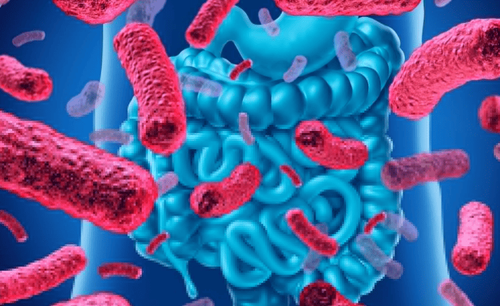
2. Symptoms of flatulence and bloating
Some people feel they pass out too much gas or burp too often, others have symptoms of bloating and cramping. You may feel this pain in places where bloating is present, such as in the bowel or colon, which occurs naturally in the subhepatic region (upper to mid-right part of the abdomen) and in the abdomen. the subsplenic region (upper to mid-left part of the abdomen).
The link between gas, belching, and the actual amount of gas in the gut is not always clear. The majority of people who are bothered by gas-related symptoms are not having too much gas in their intestines, but rather that they are hypersensitive to the normal amount of gas in the gut. This can happen in many cases.
Irritable Bowel Syndrome: Many people with irritable bowel syndrome (IBS) are sensitive to normal amounts of gas. Nerves from the intestines may be overactive in people with IBS. The main symptoms of IBS are abdominal pain and changes in bowel habits (such as diarrhea and/or constipation), some people also have symptoms of bloating.
Some people with severe IBS feel better when treated with antispasmodic pain relievers.
Functional Digestive Disorders: Gastrointestinal disorders are the term for recurrent or persistent pain or discomfort in the upper abdomen. About 25 percent of people in the United States and other Western countries suffer from indigestion.
Digestive disorders can arise from various underlying conditions, the most common of which is "Functional" dyspepsia. Functional dyspepsia causing abdominal pain of unknown etiology, possibly due to increased sensitivity to gastric contents.
Anal or esophageal irritation: People with irritation around the anus due to hemorrhoids or other problems may also experience more discomfort when farting a lot.
Similarly, people with reflux esophagitis may also experience uncomfortable belching.
3. Diagnosing flatulence and bloating
Most people with transient bloating and gas do not need any tests. However, if the above symptoms persist or are accompanied by symptoms such as diarrhea, weight loss, abdominal pain, anemia, blood in the stools, loss of appetite, fever or vomiting, it could be a sign of a serious problem. more important; People with one or more of these symptoms usually require testing.
Tests may include:
Stool tests for blood, abnormally high levels of fat (hyperlipidemia), or parasites (eg Giardia). Lactose tolerance test. X-ray of the small intestine. Gastrointestinal endoscopy. Blood tests to look for celiac disease.
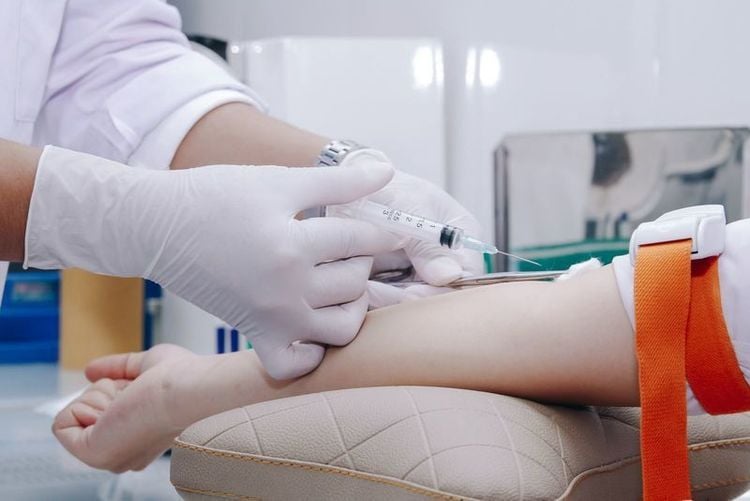
4. Treatment of flatulence and bloating
4.1 Dietary Notes Avoid foods that seem to worsen symptoms. These may include milk and dairy products, certain fruits or vegetables, whole grains, artificial sweeteners, and/or carbonated beverages. Keep a record of foods and beverages to help determine which foods cause discomfort.
If you are lactose intolerant, do not consume products that contain lactose, or you can use a lactose digestion aid such as lactose-reduced milk or over-the-counter lactose supplements. Take a calcium supplement if you avoid dairy products. Avoiding high-fructose foods is helpful if you have a fructose intolerance.
4.2 Over-the-counter Simethicone, certain antacids (e.g. Maalox Anti-Gas, Mylanta Gas, Gas-X, Phazyme). Simethicone causes air bubbles to burst and is widely used to release gas. Beano - A preparation that helps to break down certain types of complex carbohydrates. This treatment may be effective in reducing gas after eating beans or other vegetables that contain raffinose. Bismuth subsalicylate (e.g. Pepto-Bismol) to reduce the odor of unpleasant-smelling gas.
Please dial HOTLINE for more information or register for an appointment HERE. Download MyVinmec app to make appointments faster and to manage your bookings easily.
Reference source: Update




